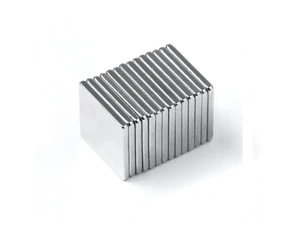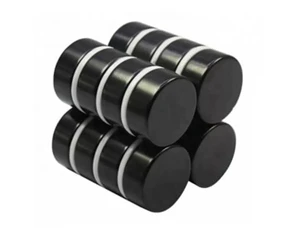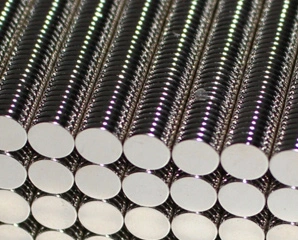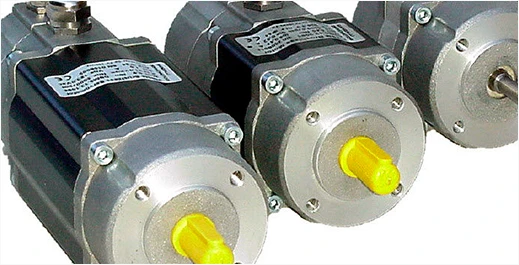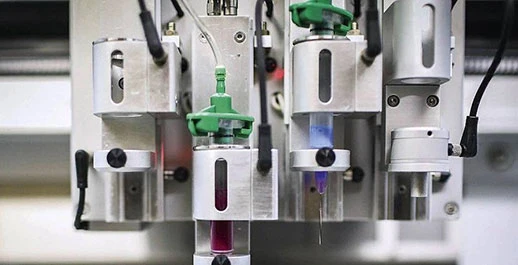Neodymium tube magnets are among the most powerful rare-earth magnets available. They are used in a variety of applications, from electrical engineering and automotive industries to aerospace and medical devices. But what types of materials are best suited for use with neodymium tube magnets?

Steel is the most common material used in combination with neodymium tube magnets. This is because steel is very strong and is able to withstand the strong magnetic force of the neodymium tube magnet. Additionally, steel is relatively inexpensive and easy to work with. This makes it a popular choice for many applications that require the use of a neodymium tube magnet.
Aluminum is another popular material for use with neodymium tube magnets. Aluminum is lightweight and has a high electrical conductivity, making it an ideal choice for applications where electrical current needs to be transmitted. Additionally, aluminum is not affected by the strong magnetic field of the neodymium tube magnet, so it can be used in close proximity to the magnet without any adverse effects.
Copper is also suitable for use with neodymium tube magnets. Copper has excellent electrical and thermal conductivity, making it an ideal choice for applications where heat needs to be transferred. Additionally, copper has a high resistance to corrosion and is able to withstand the strong magnetic force of the neodymium tube magnet.
Neodymium tube magnets are among the most powerful rare-earth magnets available and are used in a variety of applications. When selecting a material to use with a neodymium tube magnet, it is important to consider the strength, cost, and compatibility of the material. Steel, aluminum, and copper are the most common materials used in combination with neodymium tube magnets and all offer unique advantages for the application.

